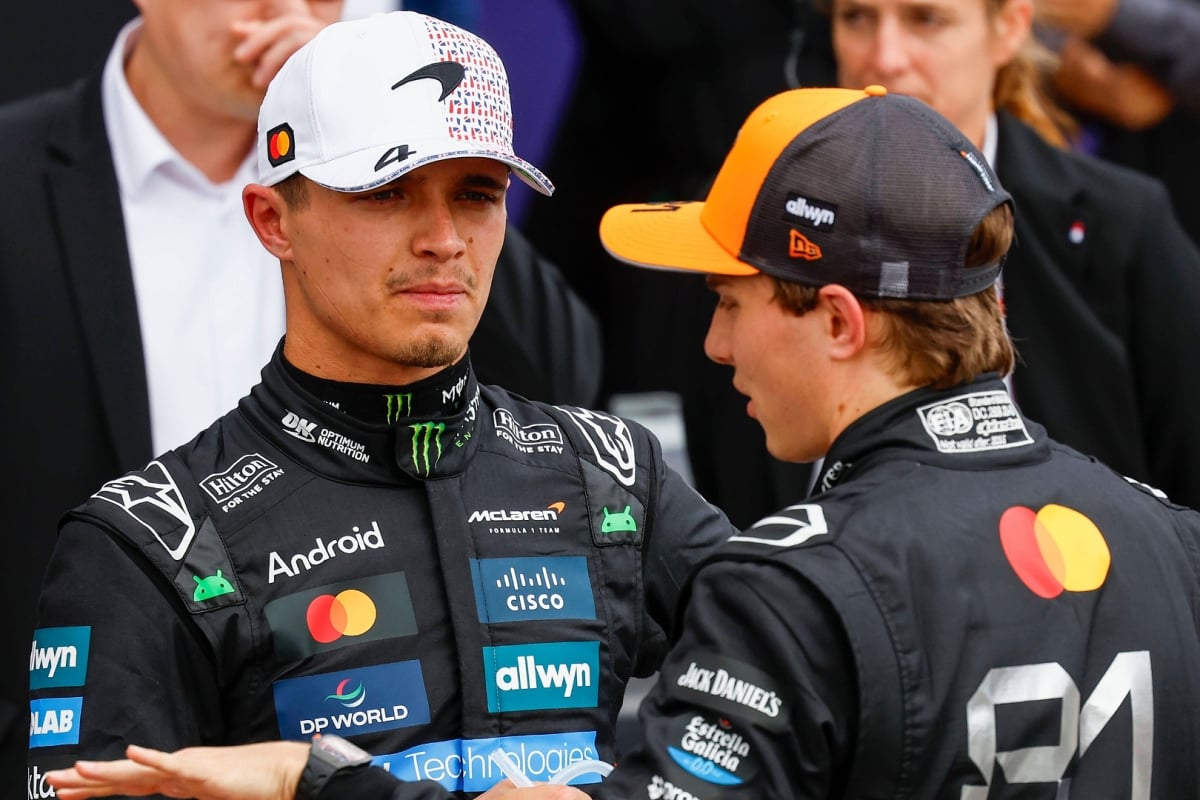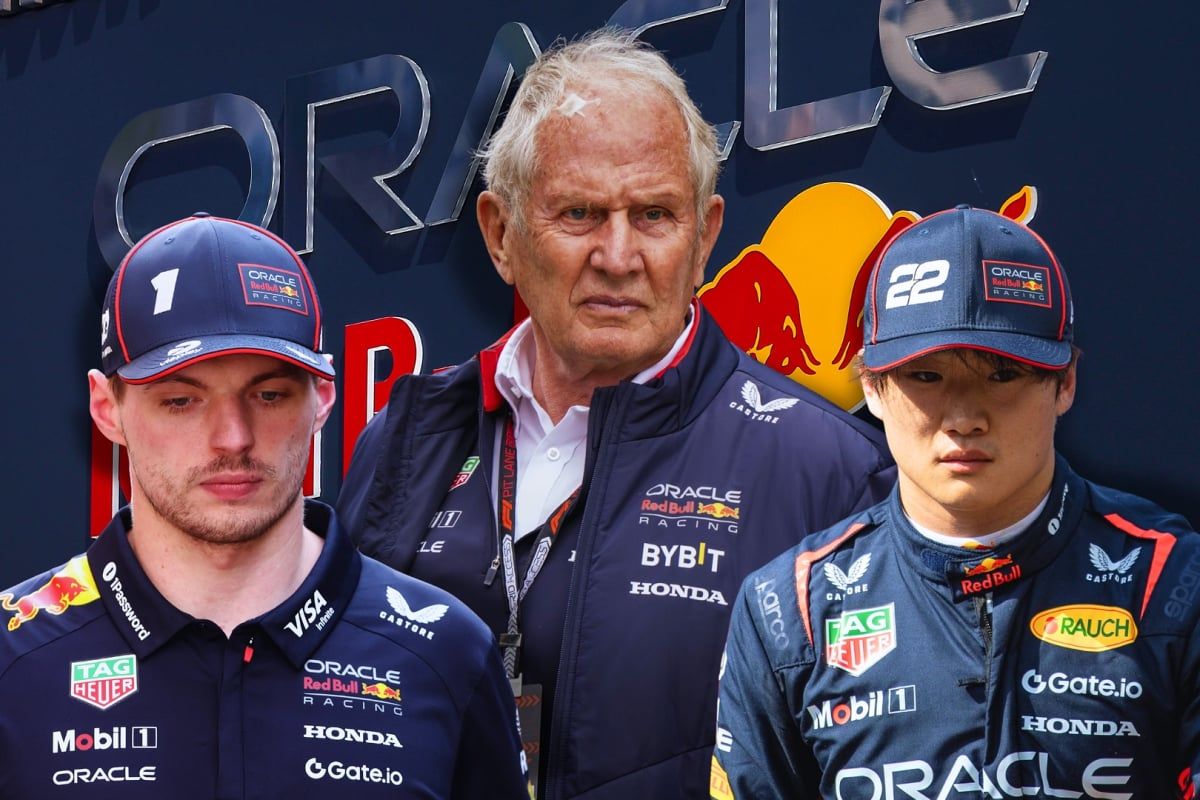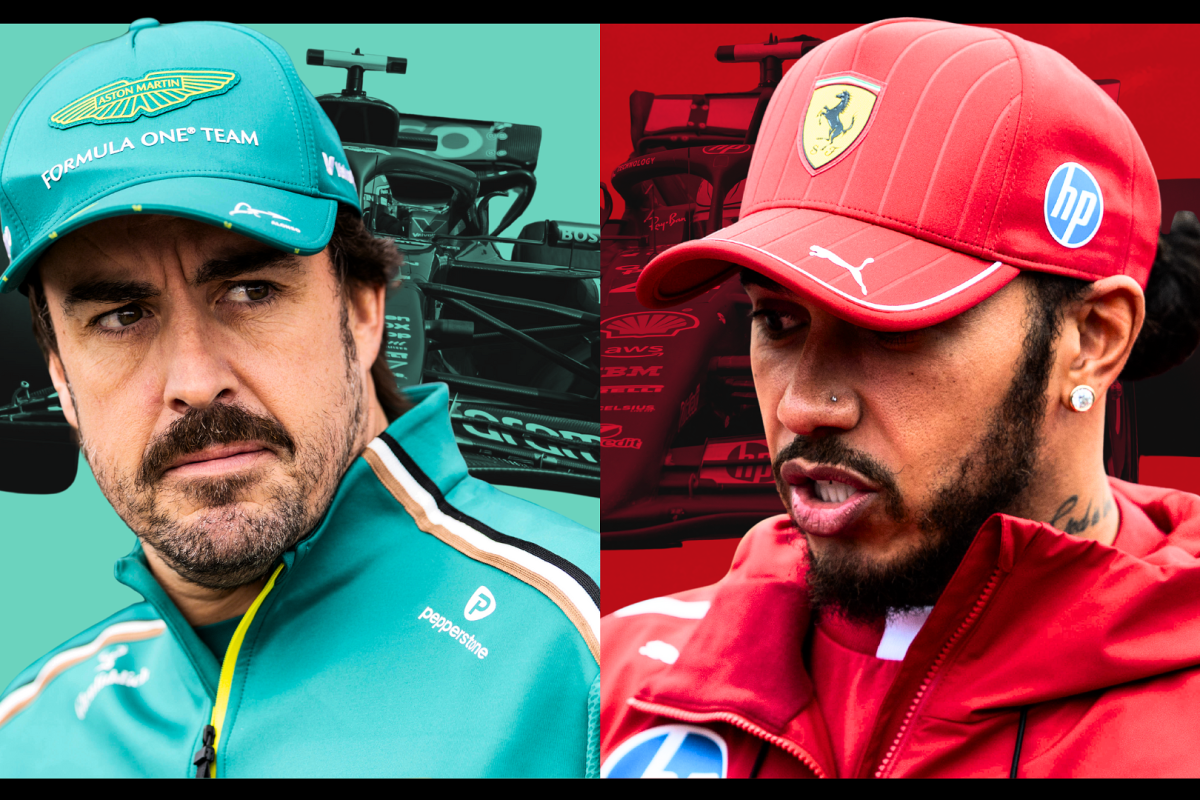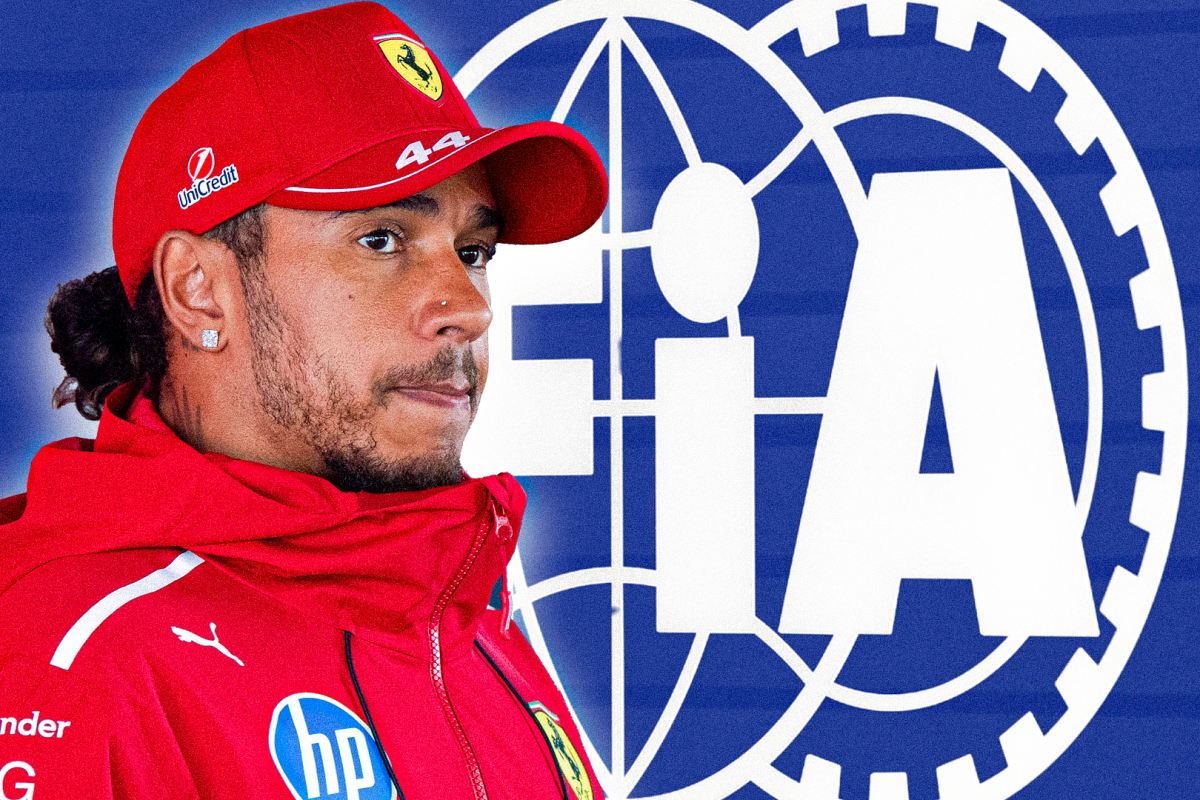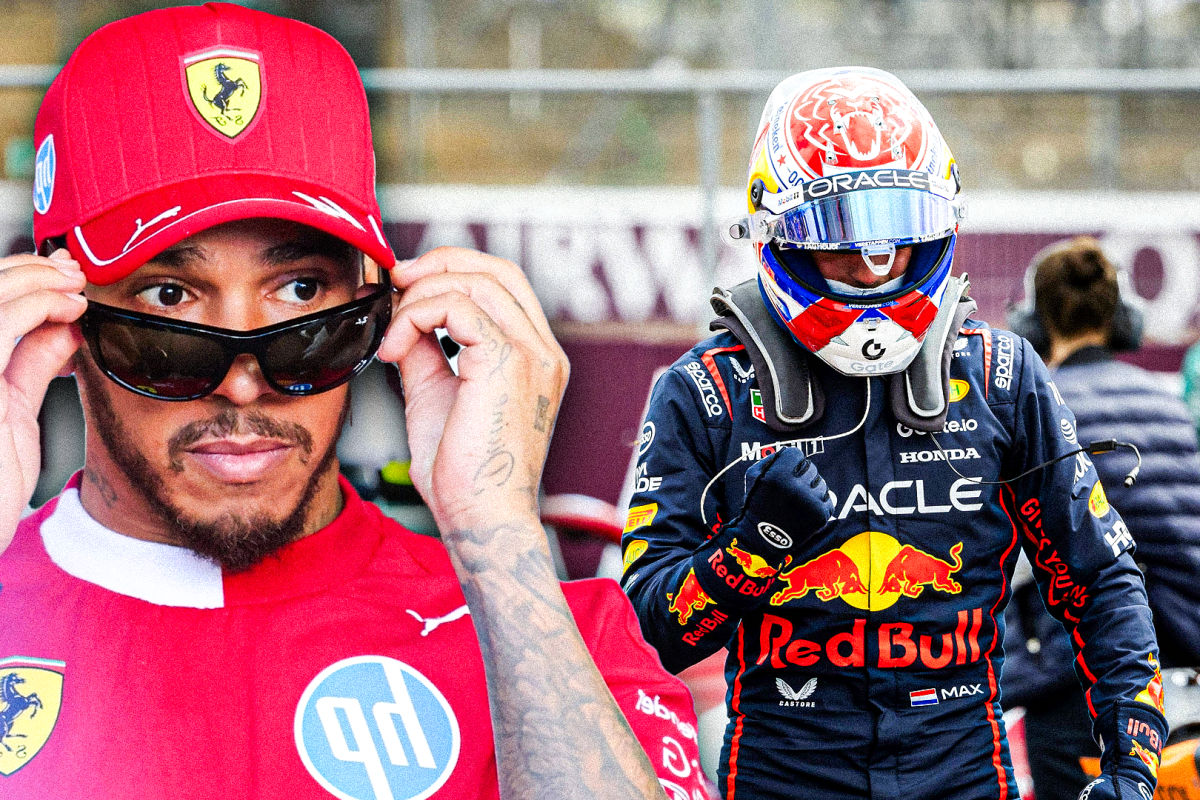McLaren F1 Legend Brushes Off Piastri-Norris ‘Problem’: A Legacy of Internal C… read more
A recent interview with a McLaren Formula 1 legend has downplayed the perceived tension between young gun Oscar Piastri and established driver Lando Norris, suggesting the rivalry is a healthy dynamic rather than a debilitating problem. This perspective, echoing sentiments expressed within the McLaren team, offers a fascinating glimpse into the team’s management philosophy and the long-standing tradition of internal competition at Woking. While the media has focused heavily on a potential clash between the two drivers, the veteran’s assessment points to a more nuanced understanding of the situation, one that acknowledges the competitiveness inherent in Formula 1 and the potential benefits of such a dynamic for the team’s overall performance.
The legendary driver, whose identity will be withheld to protect their privacy at their request, emphasized the importance of a competitive environment within a racing team. Drawing on their own experiences – likely including years spent battling teammates for supremacy – they argued that a healthy rivalry, fueled by ambition and a desire to win, is essential for pushing both drivers to their limits. The pressure cooker environment, far from being detrimental, can actually unlock previously unseen potential and drive innovation both on and off the track. They cited examples from their own career, highlighting moments where intense competition with a teammate had ultimately led to significant improvements in their driving skills, strategic awareness, and even their mental fortitude.
This perspective directly challenges the narrative frequently presented by the media, which often portrays the Piastri-Norris dynamic as a potential source of instability within the McLaren team. The narrative often revolves around the young Piastri, the reigning Formula 2 champion and a driver considered to be one of the most promising talents in the sport, vying for dominance against the established Norris, a driver already considered a McLaren cornerstone and a consistent points scorer. The perceived conflict stems from the inherent scarcity of resources within a Formula 1 team – everything from engineering attention to strategic decisions – and the potential for this to create a fracture within the team.
However, the McLaren legend’s viewpoint suggests a different interpretation. They argue that the team’s management is experienced enough to navigate the competitive dynamics between the two drivers. The team’s structure, they posit, is designed to foster collaboration while also allowing for healthy competition. This means ensuring that both drivers have equal access to resources and support, while also instilling a team-first mentality. Ultimately, the goal is not to suppress competition but to channel it productively towards achieving the team’s overarching objective: winning races and championships. The veteran’s insights hint at a sophisticated understanding of team dynamics, suggesting that McLaren’s management is not merely reacting to potential problems, but proactively managing the competitive landscape to leverage it for maximum benefit.
Furthermore, the legend emphasized the significant role of experience in managing such internal dynamics. They highlighted the experience and maturity within the McLaren team, both in terms of management and engineering. This experience, they argued, provides a crucial buffer against the potential pitfalls of intense internal competition. The team’s ability to maintain a cohesive environment, despite the pressure, speaks to the skill and professionalism of its members. The management, likely drawing from decades of experience in dealing with high-profile driver rivalries, is expertly balancing the needs of individual drivers with the overall strategy of the team.
The legacy of internal competition at McLaren is substantial. The team has a history of fostering fierce yet ultimately productive rivalries, resulting in numerous championship victories. The legend’s comments subtly allude to this rich history, suggesting that the current situation is not an anomaly but rather a continuation of a successful formula. The team has clearly learned from past experiences, and this knowledge informs their current approach to managing the Piastri-Norris dynamic.
In conclusion, the McLaren F1 legend’s perspective offers a crucial counterpoint to the often-sensationalized media portrayal of the Piastri-Norris situation. By emphasizing the positive aspects of healthy competition and highlighting the experience and expertise within the McLaren team, they paint a more nuanced picture of the situation. The apparent “problem” is reframed as a potential catalyst for growth and improvement, ultimately contributing to the team’s overall success. This perspective not only provides insights into the current dynamics within the McLaren team but also highlights the enduring legacy of internal competition within the sport and the sophisticated strategies employed by top-tier teams to harness its potential. The coming season will undoubtedly be a crucial test of this strategy, offering a real-world demonstration of whether McLaren’s management of its internal rivalry can translate into on-track success.
